Youth engagement in the National Trust movement
We learned at INTO Online that many of our member organisations want to increase and improve engagement with young people. And so, on 22 July representatives from more than twenty countries gathered to share experiences, tips and solutions.
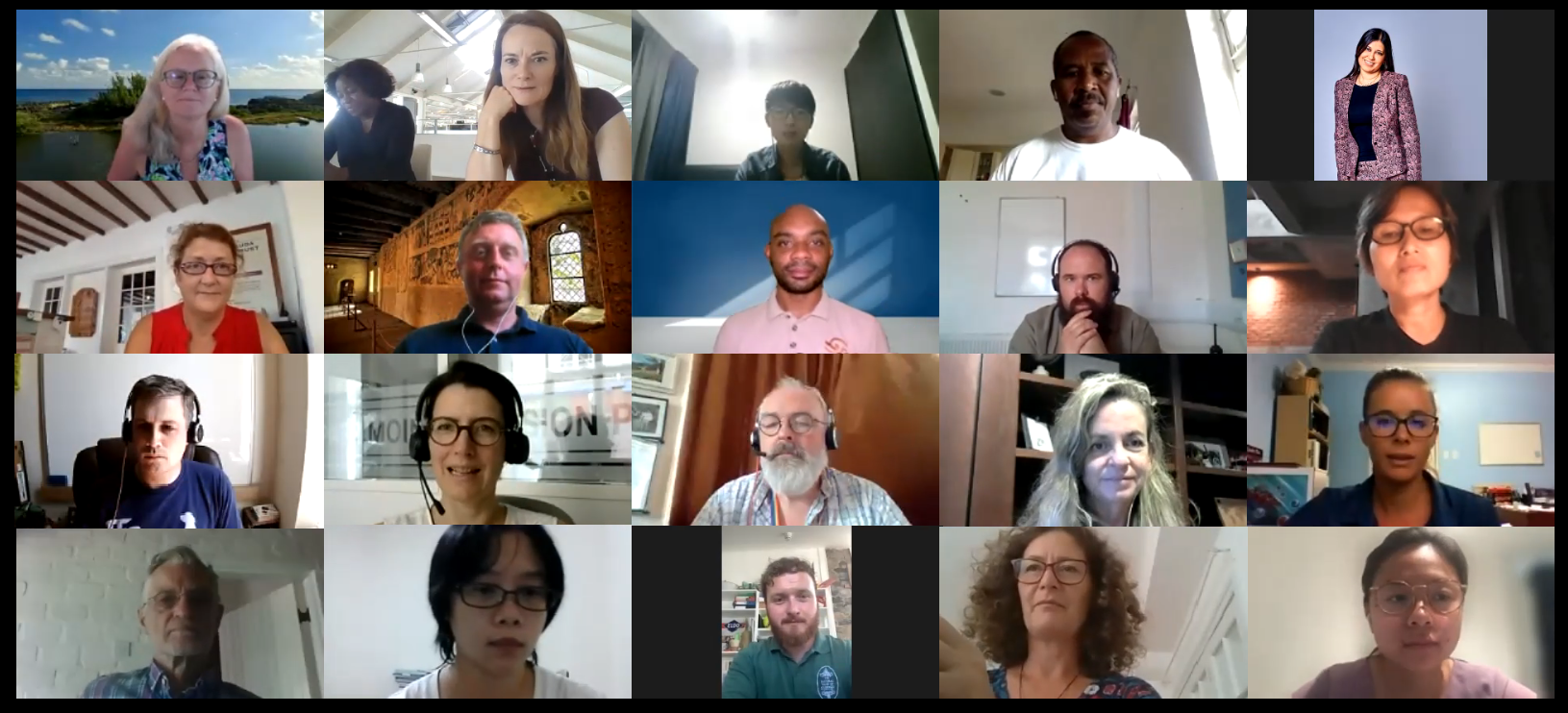
Firstly, our micro-internship students Tanya Lee and Kar Lok Pang presented their research into educational programming across the INTO membership. Over the course of just a week, they investigated the education and youth engagement activities of twenty INTO partners.
Common themes included education programmes (both cultural and environmental) delivered through and with schools or using youth volunteering as a way to build further engagement. Some contrasts were different funding scenarios (government, corporate sponsorship, grants) and different levels of online activity.
Amongst the recommendations Tanya and Kar Lok made were the need for standardisation, as every organisation uses different labels and definitions for ‘youth’. We also heard that education programming is often considered core work and so not always highlighted on INTO members’ websites. Finally, they suggested looking outside the INTO family for further inspiration.
The interns highlighted three case studies from the Petra National Trust, the National Trust of the Cayman Islands and the Catalunya La Pedrera Foundation.
Learning from Bermuda
Dörte Horsfield, until recently Director of Education at the Bermuda National Trust spoke about their work on an island of 25 square miles and 63,000 inhabitants, including 6,000 school children attending 33 schools. The goal of which is to appreciate the unique cultural and natural diversity of Bermuda; to encourage its protection and to facilitate deeper learning through hands-on experience.
This is delivered through seven distinguishable elements, pictured below.
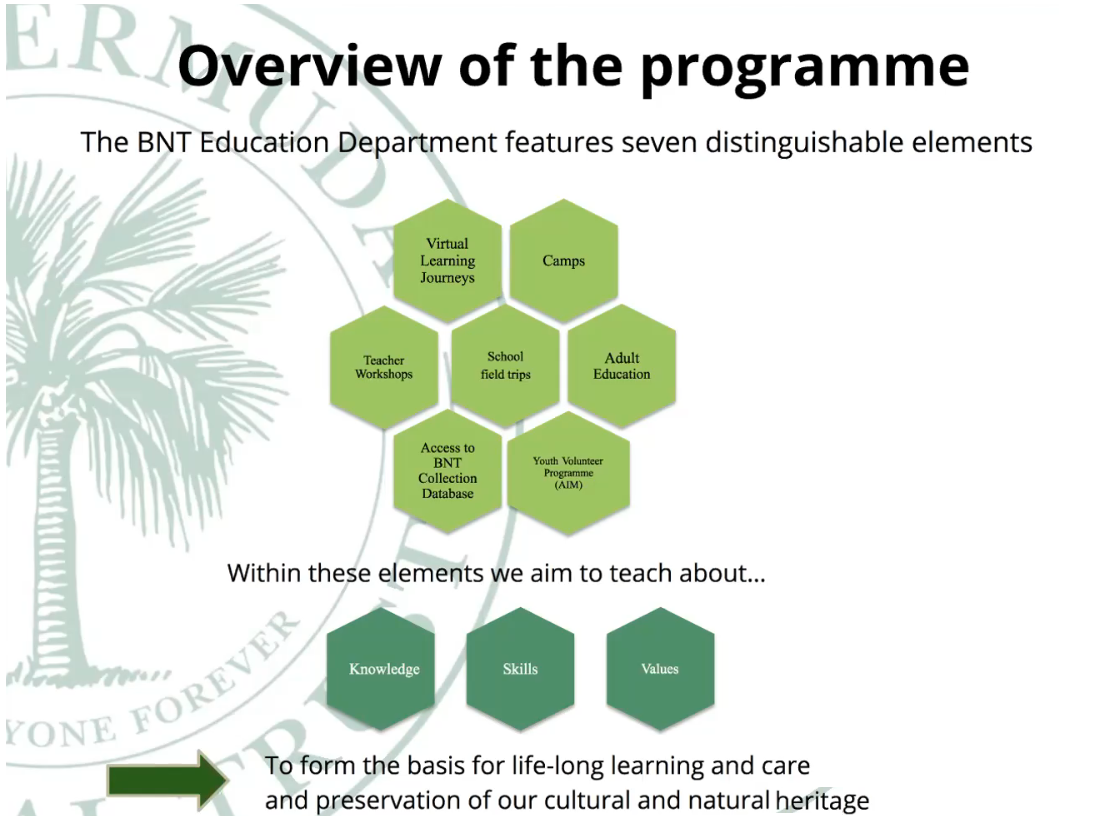
It was a fascinating and uplifting illustration of a wide variety of different engagement methods. What particularly stood out was:
- The Annual Nature Walk involving many partners, from the agricultural industry to the Zoological Society, providing activities at different stations along the route
- “Nobody is too small to make a difference” (lesson from a learning in nature programme)
- Popular AIM Activate Inspire Motivate programme provides opportunities for deeper engagement through youth volunteering as camp counsellors or by removing invasive species (like the ‘Free the Trees’ group) or inputting data
- Some of big donors and grants require strict outcome measurements which can be time-consuming to collect
- Don’t always expect schools to come to your sites – consider classroom or online activities
- Using historic sites to talk about all curriculum topics
- Support for teachers with training on object handling, the power of photographs and documents, experiential learning in nature and experimenting in nature
We have to be honest with young people and tell the whole story of our sites. Not just about pretty facades and paintings of the people who owned the houses.
Uganda's successful heritage clubs
John de Coninck, Adviser to the Cross-Cultural Foundation of Uganda, finished the webinar with a presentation on how to link young people and heritage assets. In contrast to Bermuda, Uganda is a very poor country of over 40m people where culture and heritage is not seen as very important.
John explained that young people really wanted to reconnect with heritage, however. And that schools, with their focus on colonial history on the one hand and development issues on the other, were not facilitating that.
CCFU’s solution was to establish heritage education clubs in over 160 secondary schools. They now provide teacher training based on their successful Heritage Education Toolkit and are able to recreate the connections being gradually lost. Traditions that used to be shared by clan leaders and elders around the fireplace at night.
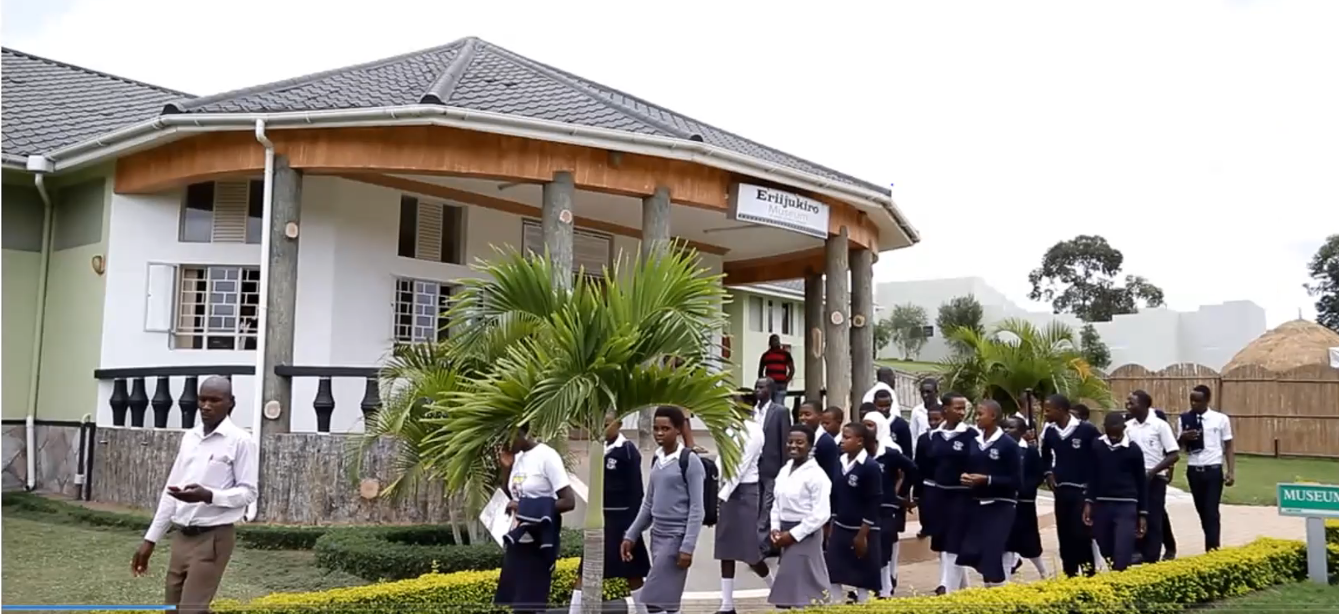
Now between 20-30,000 children have learned about their personal history, local proverbs, how to make and play traditional musical instruments, even how to make money through craft. It was interesting to hear about:
- The important role of competitions, often run via the radio, to engage and inspire
- How young people take on the running of the heritage clubs under the mentorship of their teachers
- CCFU’s engagement with the Ministry of Education to change the school curriculum to include culture and cultural diversity
- Working with local community museums to increase impact of heritage clubs by providing artefacts or expert knowledge, as well as somewhere to visit
- How CCFU has worked with four universities to develop the country’s first undergraduate degree in Heritage Studies
As ever, it was an uplifting and energetic discussion. We learned about the importance of engaging with young people – as future supporters but also as an audience in their own right. We heard some tips about how to become more youth-led, to bring young people into the decisions we are making, to break down barriers and to amplify their voices. But we acknowledged that we still have a way to go yet.
We also talked about the missing generation of 20-35 year olds and thought this could be an area where the wisdom of the INTO crowd could add value. With that all in mind, we resolved to meet again before the youth session at INTO Antwerp 2022 and continue to share ideas and resources in the meantime.
It is really inspiring to work with young people who are saying no, our heritage is our pride. You can’t take it away and we must reconnect with it!
Additional tips and learning shared on the webinar
Chudow Castle Foundation
Speaking from a workcamp in France, Przemek Nocuń spoke about how his organisation has adapted the REMPART model
- Importance of listening to young people
- Involve students by offering a practical element to complement their studies
- Some countries allow different levels of involvement of volunteers as compared to experts in restoration work
- Don’t be afraid to give up control!
National Trust of Trinidad and Tobago
Joseph Bertrand described the award-winning Heritage Keepers programme and ongoing work with the Scouts
- Heritage Keepers programme gives young people sense of belonging and agency
- All learned new skills and approaches over Covid-19
- Creating a National Heritage Badge with the Scouts Association
- Develop engagement as Scouts progress to young leaders
Sumatra Heritage Trust
Sri Shindi Indira presented the work of the organisation she now leads, describing how she had first got involved as a student volunteer
- Student volunteers can go on to become Executive Directors!
- Involve young people in inventories and documentation projects
- But also ask their opinion about what to do with old buildings
- Going out into the community with e.g. an exhibition of old photos can be effective
Case studies highlighted in the micro-internship
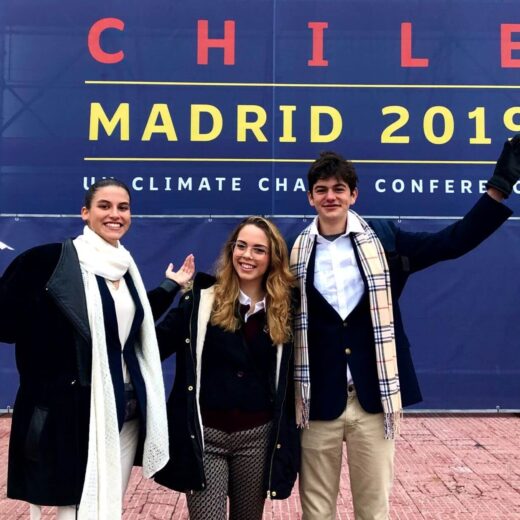
National Trust for the Cayman Islands
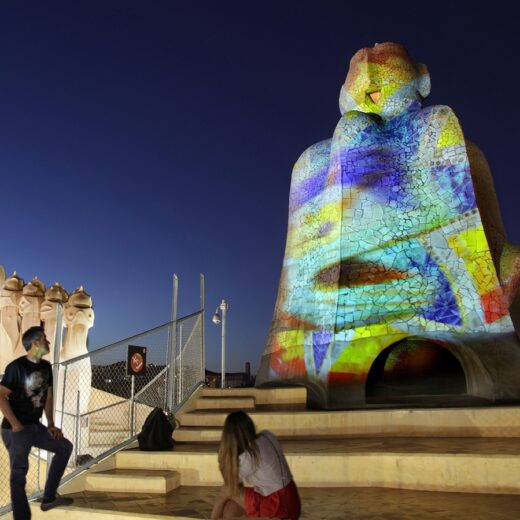
Catalunya La Pedrera Foundation
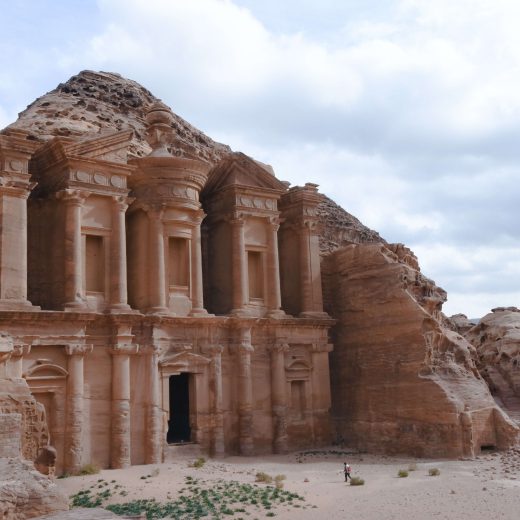
Petra National Trust

National Trust for the Cayman Islands
A selection of resources
CCFU's successful guide to running heritage clubs in secondary schools
A short film about the education work of the Cross-Cultural Foundation of Uganda
An Taisce, the National Trust for Ireland, operates the country's 'Green Schools' scheme
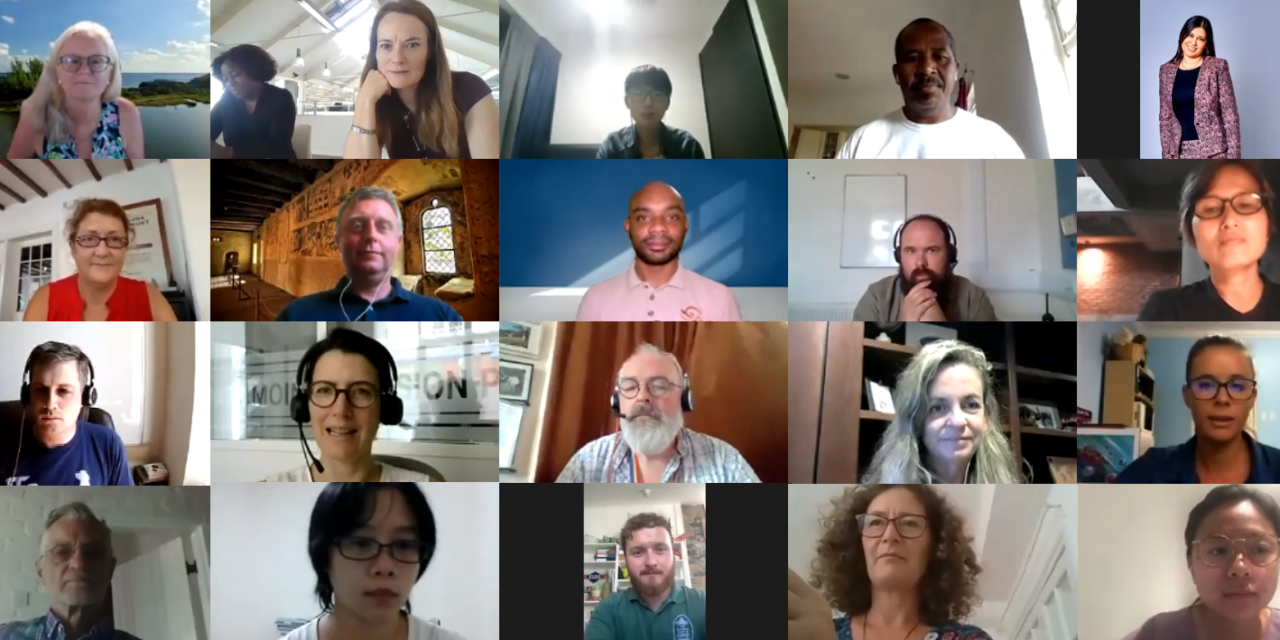
INTO webinars
We run a dynamic programme of webinars, in partnership with INTO members and international conservation bodies. These events enable our members to meet and share learning digitally.
Visit our webinar page